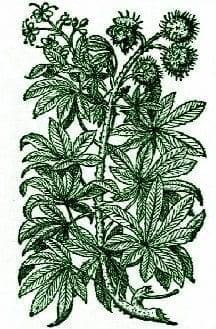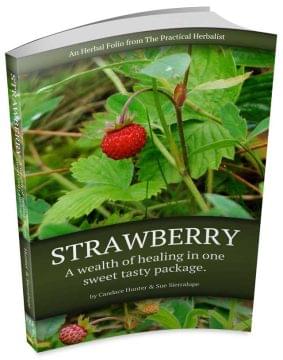Aesculus hippocastanum – Hippocastanaceae family
Readers of Anne Frank’s book, Diary of a Young Girl, may already associate horse chestnut trees with rejuvenation. A tall horse chestnut grew outside the Amsterdam warehouse were she and her family hid from the Nazi persecution. Anne Frank wrote frequently of taking breaks from their stuffy attic refuge to watch it’s branches sway in the wind.
For Anne, horse chestnut was medicine for the soul. For the rest of the world, horse chestnut is medicine for the body. This graceful tree offers constituents that targets problems with the circulatory system. It strengthens and tones the vascular walls.
Hose chestnut contains a powerful chemical called aescin which works directly on the circulatory system. Aescin focuses on toning capillaries and veins. The presence of this chemical also prevents the body from producing enzymes that break down collagen and open holes in capillary walls. This makes horse chestnut perfectly suited for treating hemorrhoids and varicose veins.
In Europe, horse chestnut is one of the most popular herbs for medicinal use. The anti-inflammatory properties of aescin find their way into first aid creams and ointments. Horse chestnut is praised by Olympic athletes worldwide as it works quickly and effectively on sprains, bruises and sore muscles.
In America, this herb still takes a back seat. The FDA is cautious about approving horse chestnut as the fresh tree products contain bitter toxins that can cause stomach upset. Europeans handle this setback by using only dry nuts and bark.
The extent of horse chestnut extract’s abilities are still being researched. Aescin shows promise for treating skin ulcers, edema and rheumatism. Until the results come in, horse chestnut offers healing to those willing to reach for a tube of aescin ointment or like Anne Frank, have a few minutes to enjoy the gentle dance of horse chestnut branches against a cloudless, blue sky.







